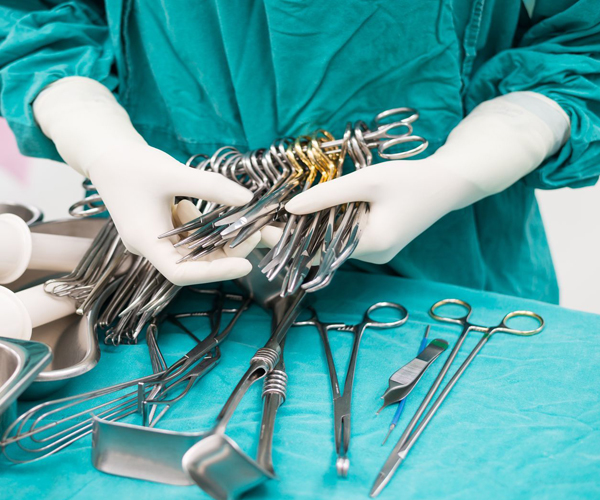Surgical instruments play a crucial role in the success of medical procedures. These precision tools are designed to perform specific tasks with accuracy and efficiency, ensuring patient safety and optimal surgical outcomes. Whether in general surgery, orthopedic procedures, or delicate neurosurgery, the right instruments make a significant difference.
Types of Surgical Instruments
Surgical instruments are categorized based on their function and the type of procedures they are used for. Below are some common categories:
1. Cutting and Dissecting Instruments
These instruments are used to cut tissues, separate structures, and remove unwanted tissues.
- Scalpels – Sharp blades used for making incisions.
- Scissors – Used for cutting tissues, sutures, or dressings.
- Osteotomes and Chisels – Designed for cutting bones during orthopedic procedures.
2. Grasping and Holding Instruments
These instruments help surgeons hold tissues, organs, or other surgical tools securely.
- Forceps – Used for grasping delicate tissues or holding sutures.
- Needle Holders – Designed to hold needles while suturing.
- Clamps – Used to control bleeding by clamping blood vessels.
3. Retracting and Exposing Instruments
Retractors are used to hold back tissues, allowing surgeons better access to the surgical site.
- Self-Retaining Retractors – Stay in place without assistance.
- Handheld Retractors – Require manual positioning by an assistant.
- Speculums – Used to keep body cavities open during examinations.
4. Suturing and Stapling Instruments
These tools aid in closing surgical incisions effectively.
- Surgical Needles and Sutures – Used for stitching wounds.
- Staplers – Used for quick and efficient wound closure.
- Ligature Clips – Applied to blood vessels to prevent bleeding.
5. Suctioning and Aspiration Instruments
Suction devices help remove fluids, blood, or debris from the surgical field.
- Suction Catheters – Used for clearing secretions and maintaining a clean area.
- Yankauer Suction Tips – Commonly used in general surgery.
6. Diagnostic Instruments
These instruments assist in diagnosing conditions before or during surgery.
- Endoscopes – Provide a visual examination of internal organs.
- Probes – Used to explore wounds and body cavities.
Importance of High-Quality Surgical Instruments
Using high-quality surgical instruments is vital to ensuring precision, efficiency, and patient safety. Poorly made or defective instruments can lead to complications, prolonged surgeries, and increased risks of infection. Reliable manufacturers ensure that their instruments meet international medical standards, providing durability and sterility for safe use in healthcare settings.
Sterilization and Maintenance
Proper cleaning and sterilization of surgical instruments are critical to preventing infections. The most common sterilization methods include:
- Autoclaving – Using high-pressure steam to kill microorganisms.
- Chemical Sterilization – Using disinfectants to clean instruments.
- Ultrasonic Cleaning – Using sound waves to remove debris and bacteria.
Conclusion
Surgical instruments are an indispensable part of modern medicine, enabling surgeons to perform life-saving procedures with precision. Understanding their types, functions, and proper maintenance is essential for ensuring patient safety and successful surgical outcomes. Investing in high-quality instruments and following proper sterilization protocols is key to maintaining a safe and efficient surgical environment.


